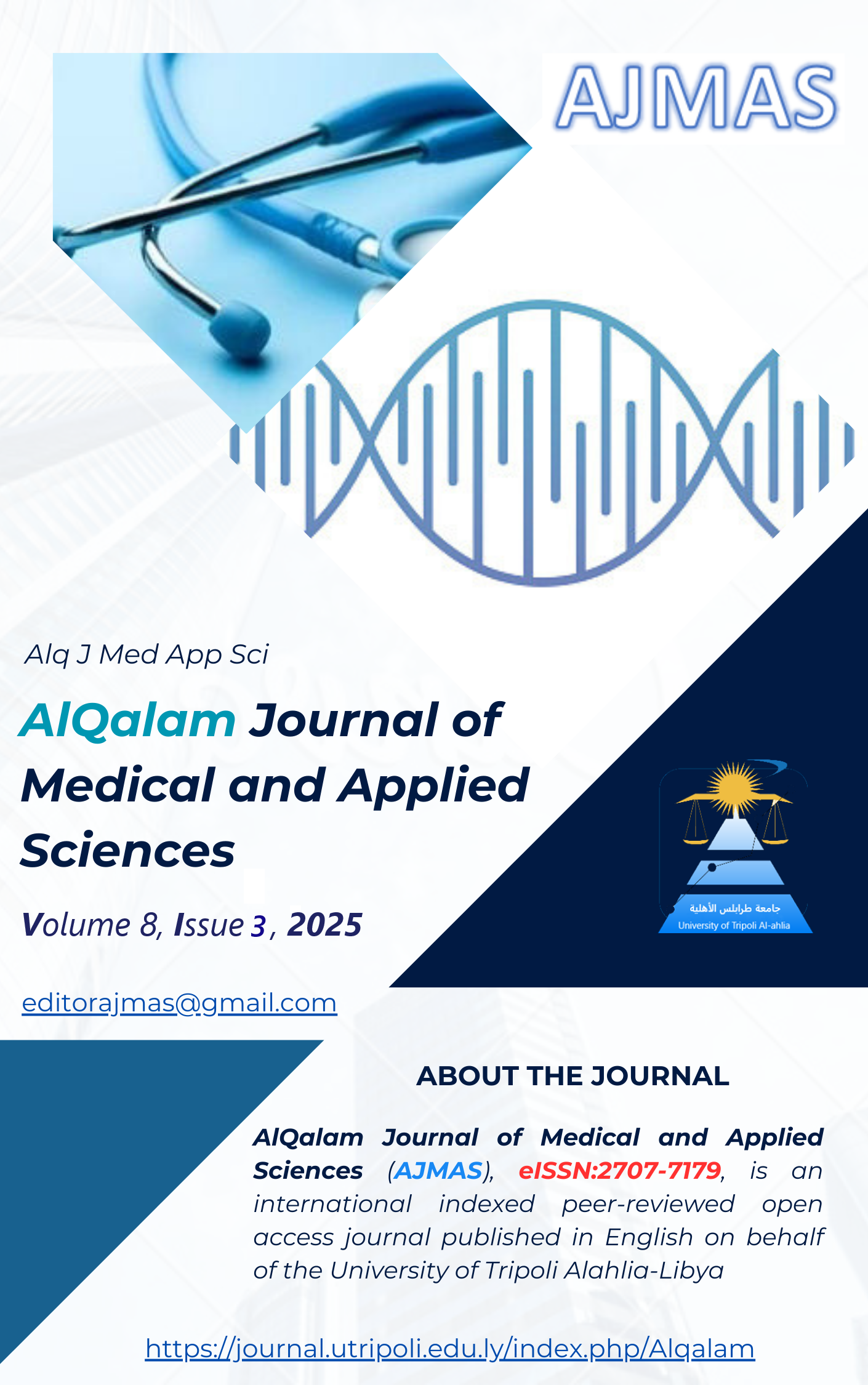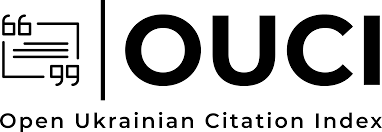The Effect of PEG-grafted-PLA Nanoparticles Loaded with Famotidine on Apical Efflux Using CaCo-2 Cell Monolayer
DOI:
https://doi.org/10.54361/ajmas.258339Keywords:
PEG, Nanoparticles, Famotidine, Caco-2 Monolayer.Abstract
Bioavailability of some orally administered drugs may be limited by an intestinal secretion process that is mediated by P-glycoprotein. Such an effect could be seen on Famotidine as it has a relatively low bioavailability. Encapsulation of Famotidine with pegylated nanoparticles (NPs) might enhance its bioavailability by inhibiting its secretion from the basolateral to apical side due to the effect of P-gp. Grafted PLA-PEGs were prepared with two different grafting ratios of 1 and 5 % of different molecular weights of poly (ethyleneglycol) methyl ether, 750 and 2000Da. Nanoparticles loaded with Famotidine and pure Famotidine were tested in vitro on the CaCo-2 monolayer. Apical-to-Basolateral and Basolateral-to-Apical for permeability assessment. Results showed that Famotidine formulated with NPs at 5 % ratio of PEG at different molecular weights and 1 % with 2000 Da decreased the secretion of Famotidine from Basolateral to Apical across CaCo-2 monolayer cells compared to 1% ratio of PEG at 760Da, free Famotidine, and physical mixtures.
Downloads
Published
How to Cite
Issue
Section
License
Copyright (c) 2025 Mohamed Mokhtar, Fadia Mussa

This work is licensed under a Creative Commons Attribution 4.0 International License.















